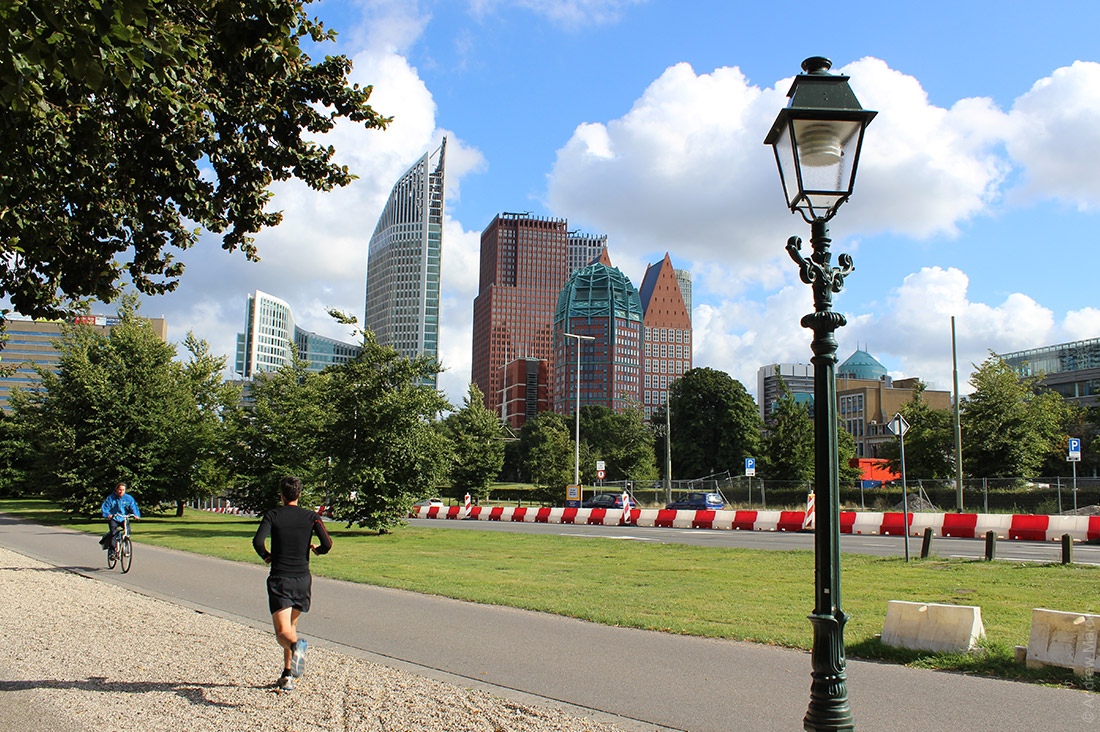The Hague in August 2013
The government of the Netherlands is located in The Hague. Various international courts have also found refuge here. The entire city is a seat of power.
Train station.
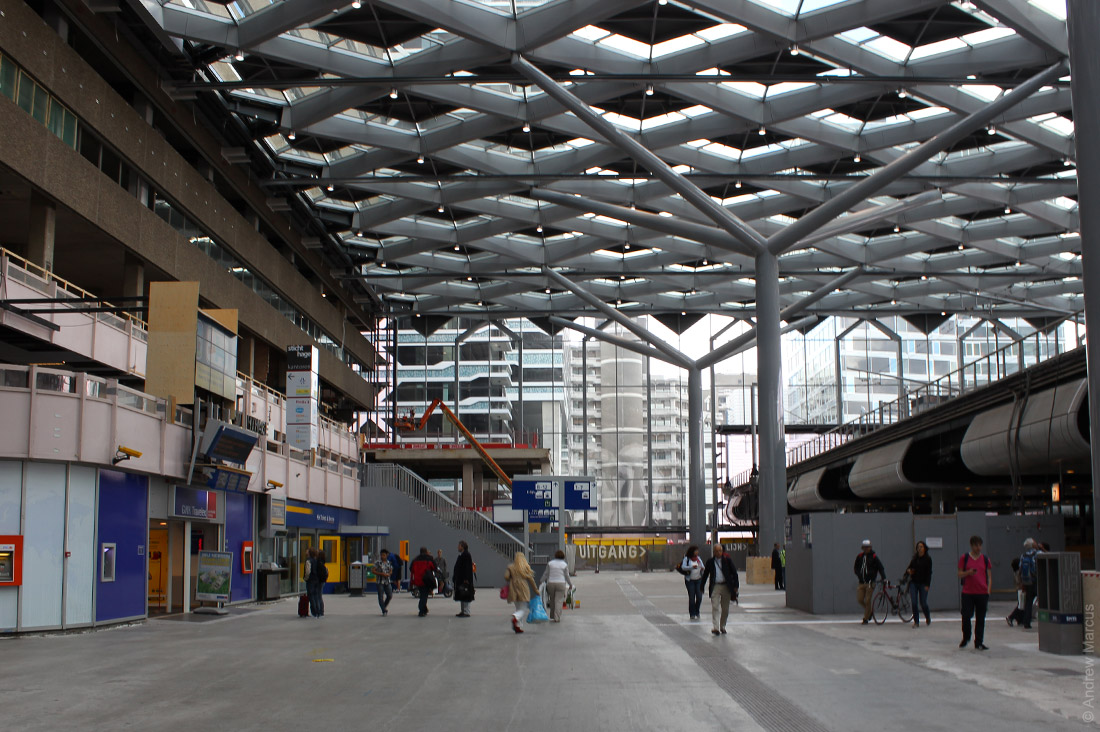
Closer to the train station, there are several office buildings, but none are as tall as those in Rotterdam.
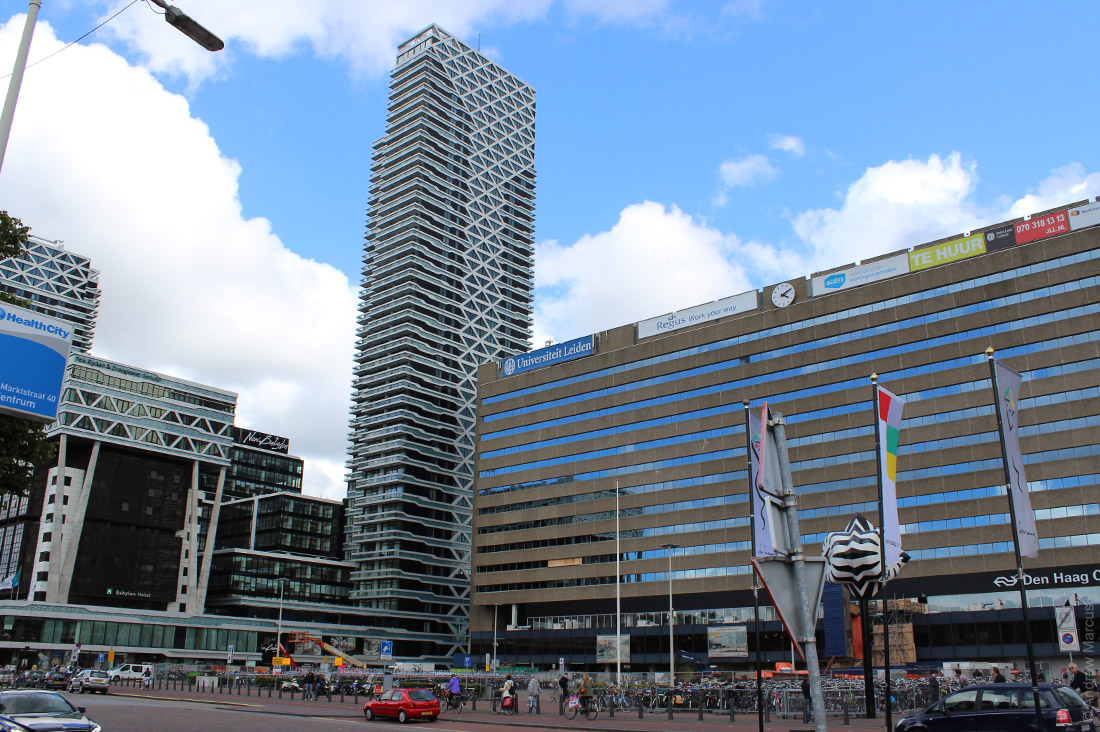
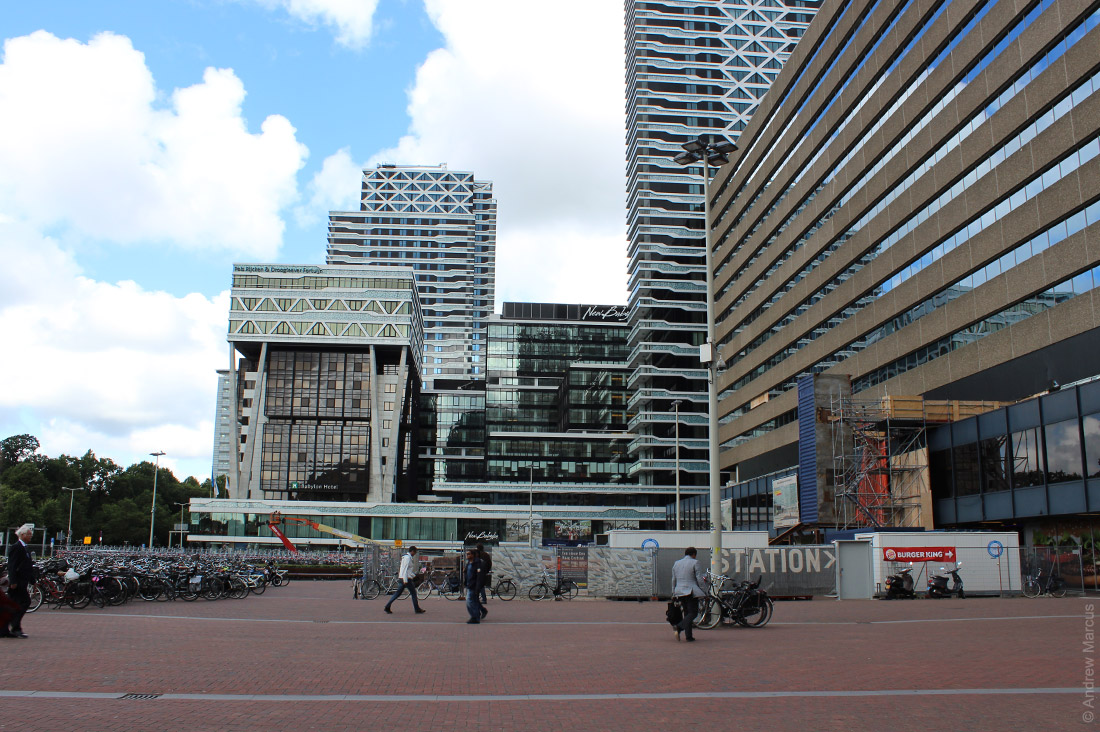
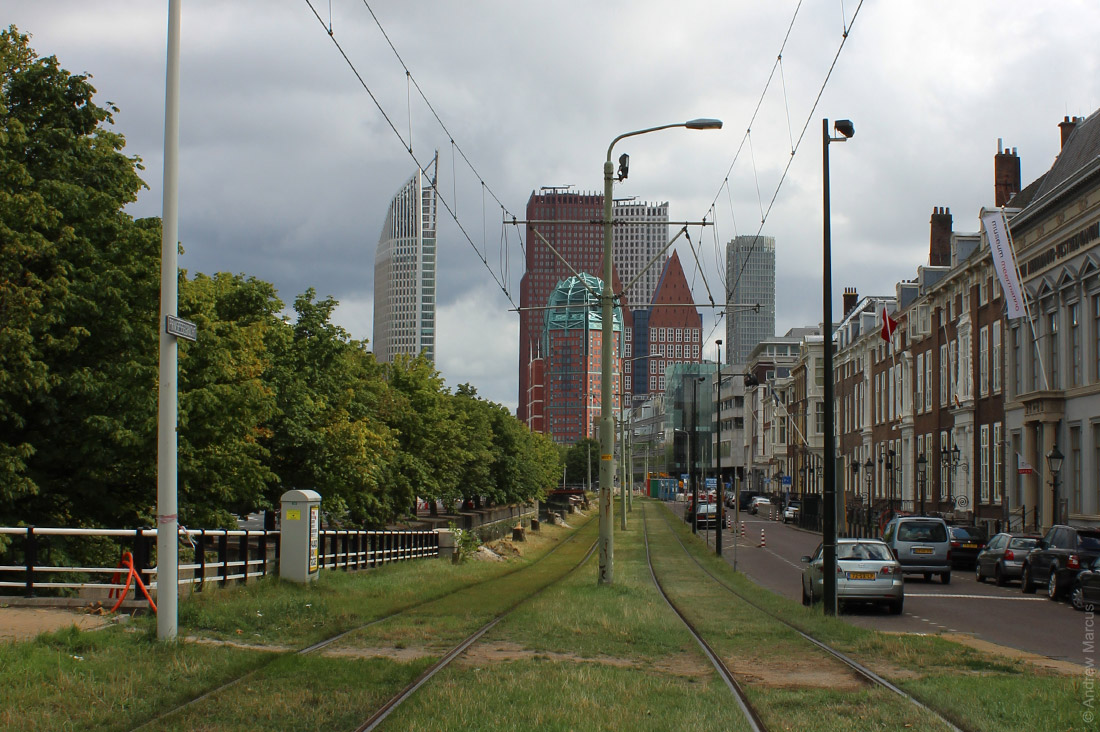
In the center of The Hague is a quiet, cozy town. The architecture and canals resemble those of Amsterdam but are more restrained.
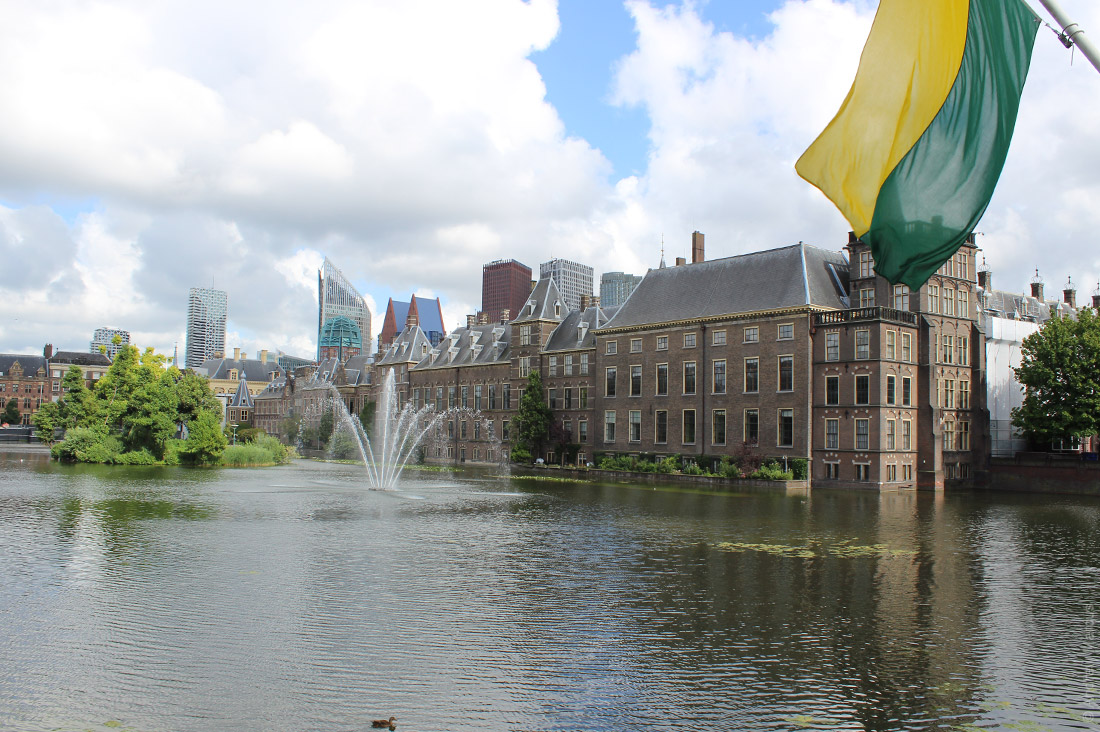
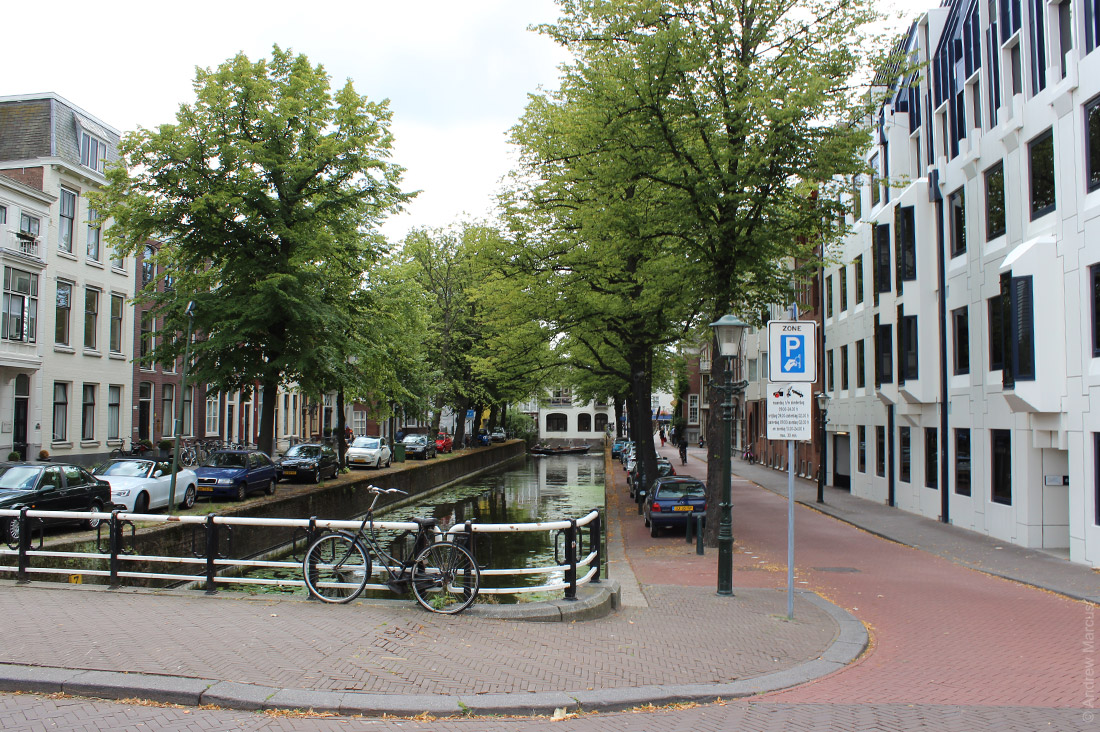
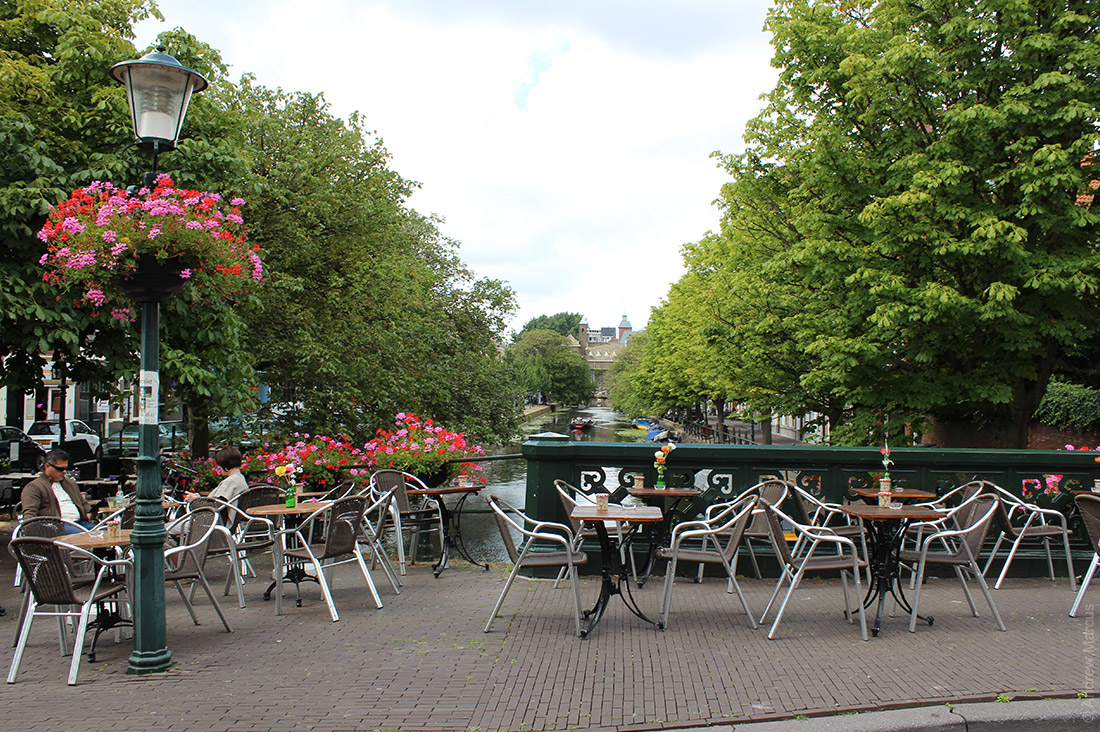
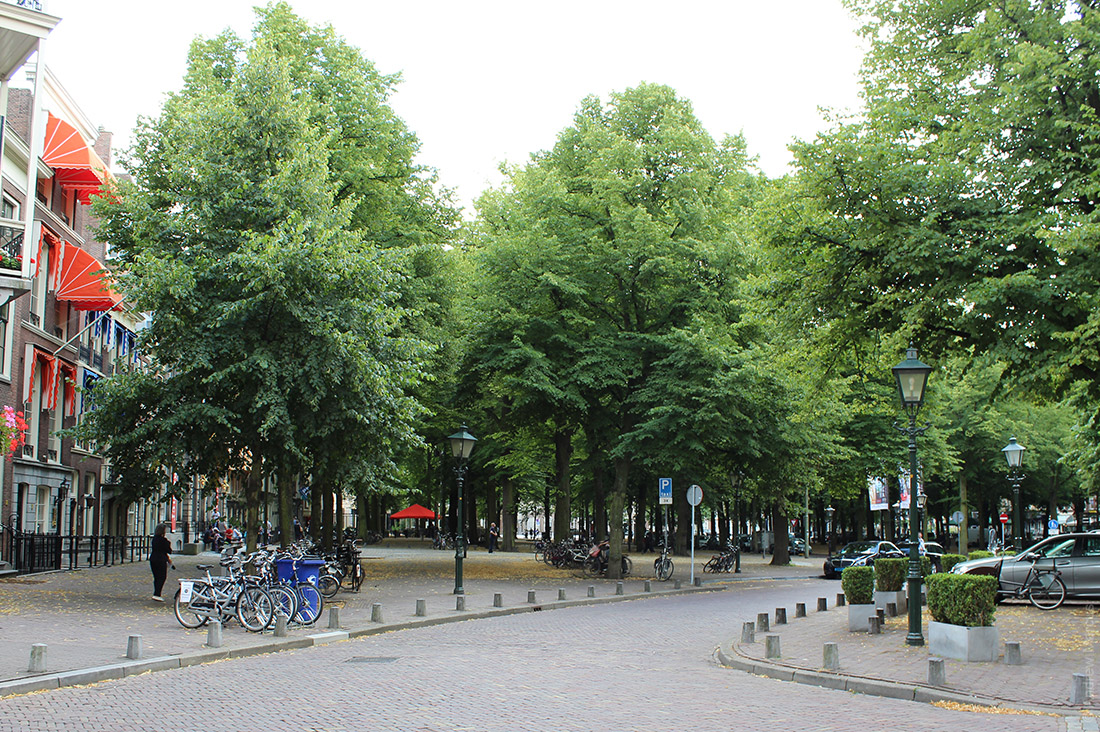
In front of the train station is a park. In the midst of a well-maintained and tidy park, something unkempt suddenly emerges, with faded grass and a sign that says “Avenue of Europe.”
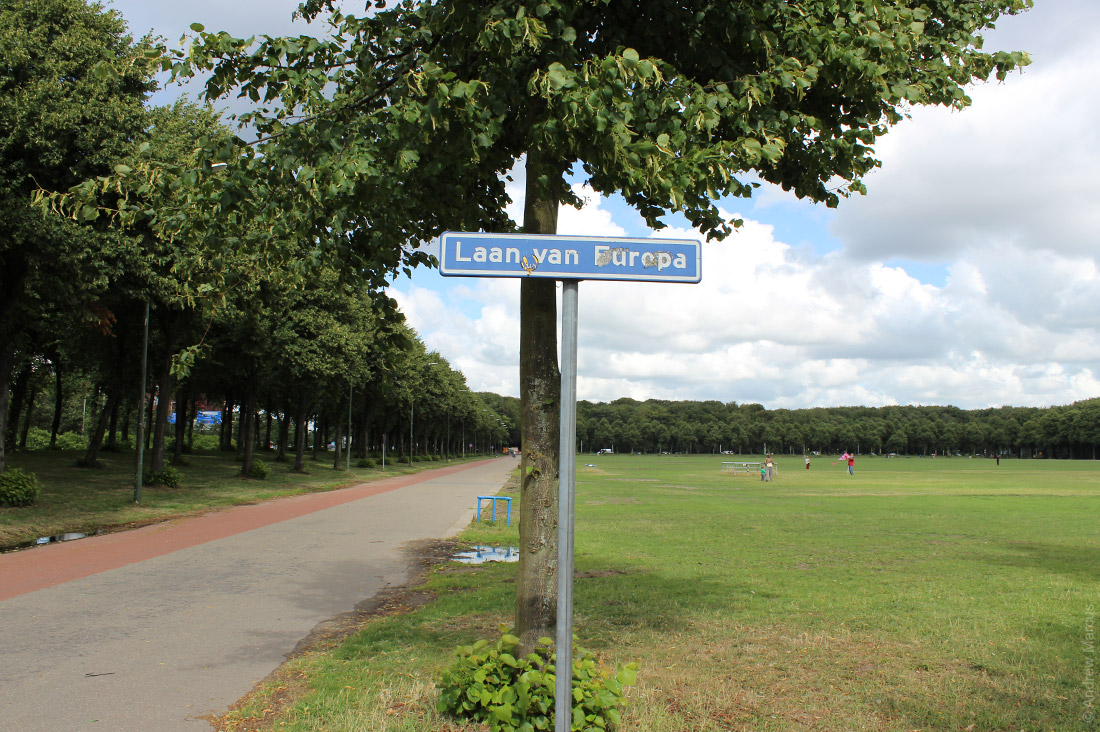
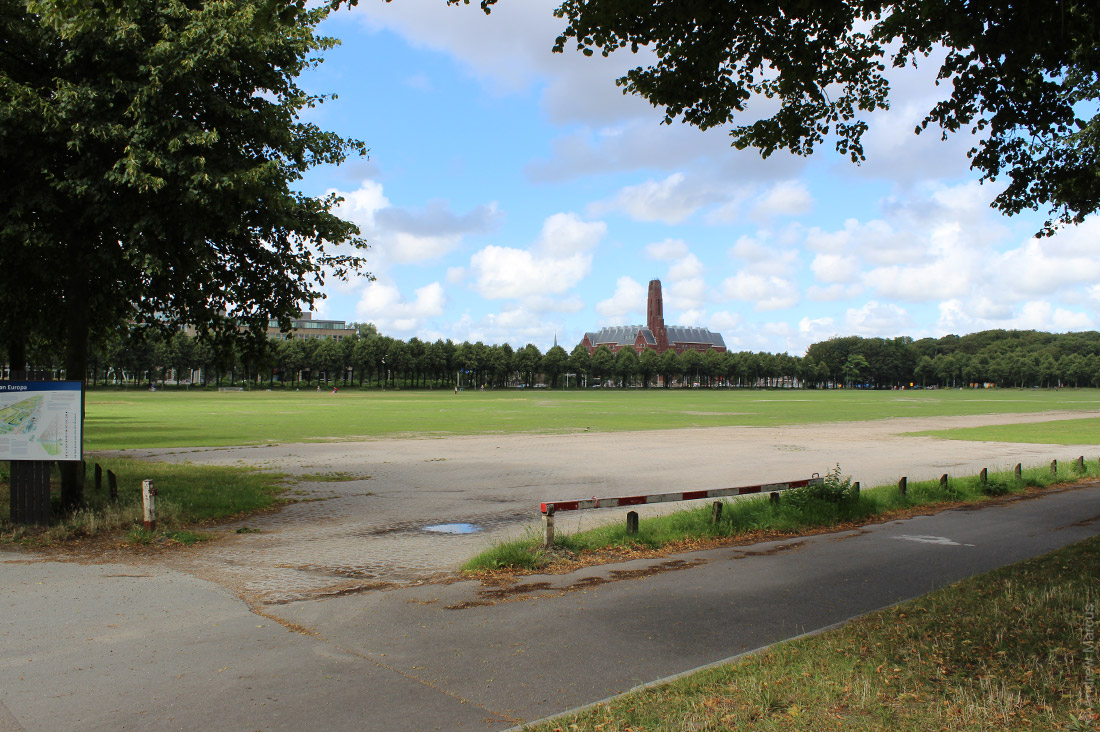
The Hague is home to the embassies of most countries in the world. You can learn flags from an encyclopedia or visit The Hague.
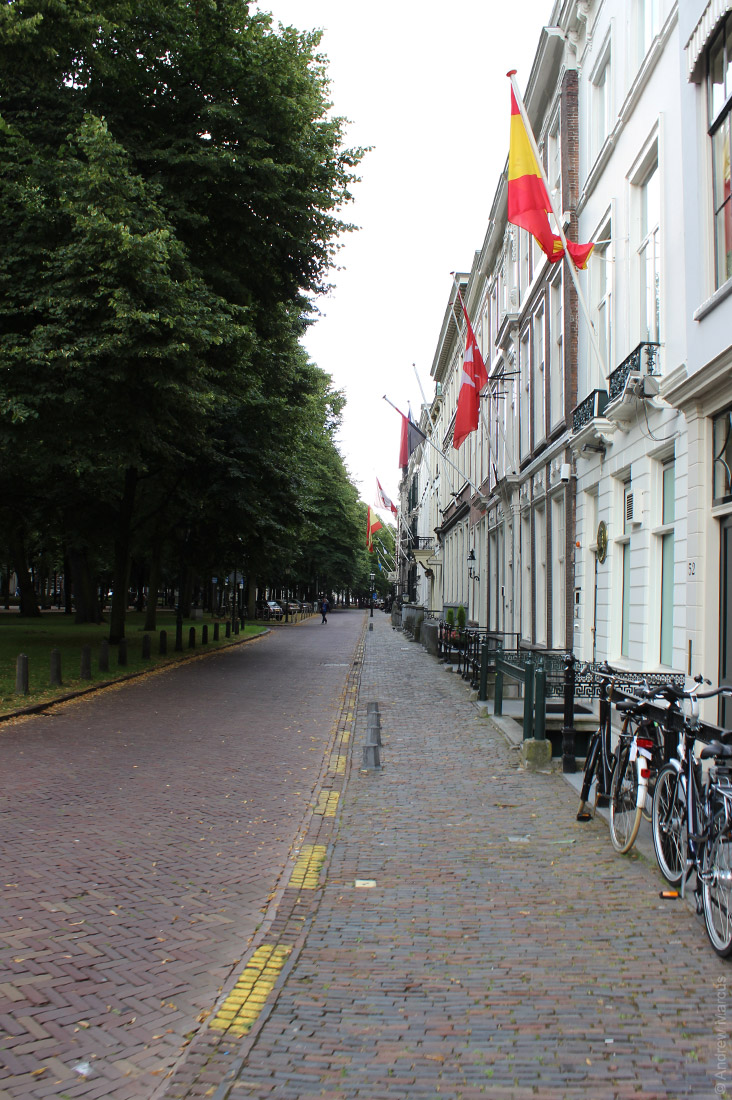
A place was found for Russia, and not just any place — an exhibition of contemporary Russian sculpture took place in one of the central parks.
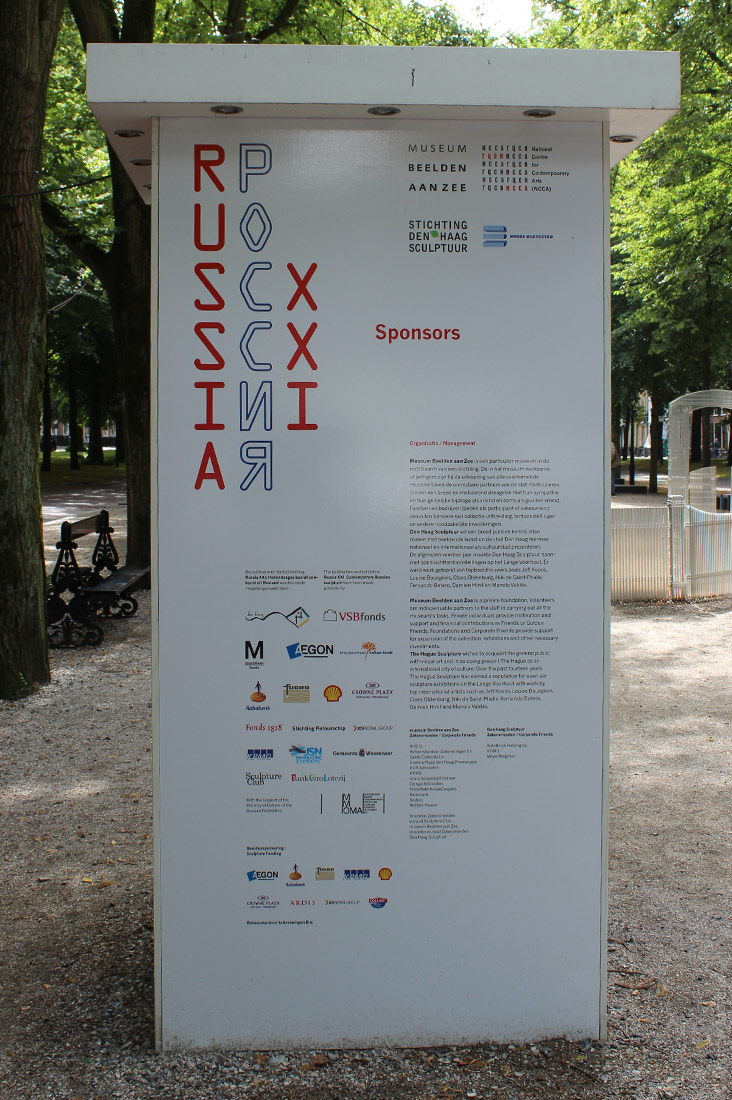
The artworks are displayed throughout the entire street of the park.
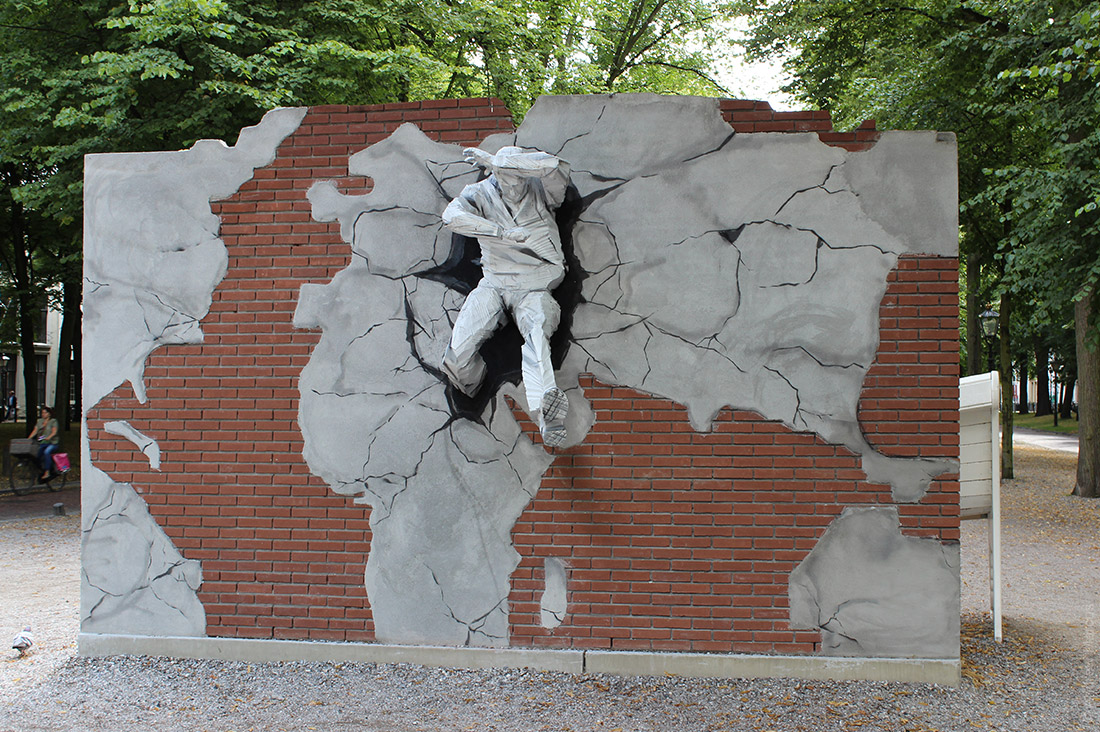
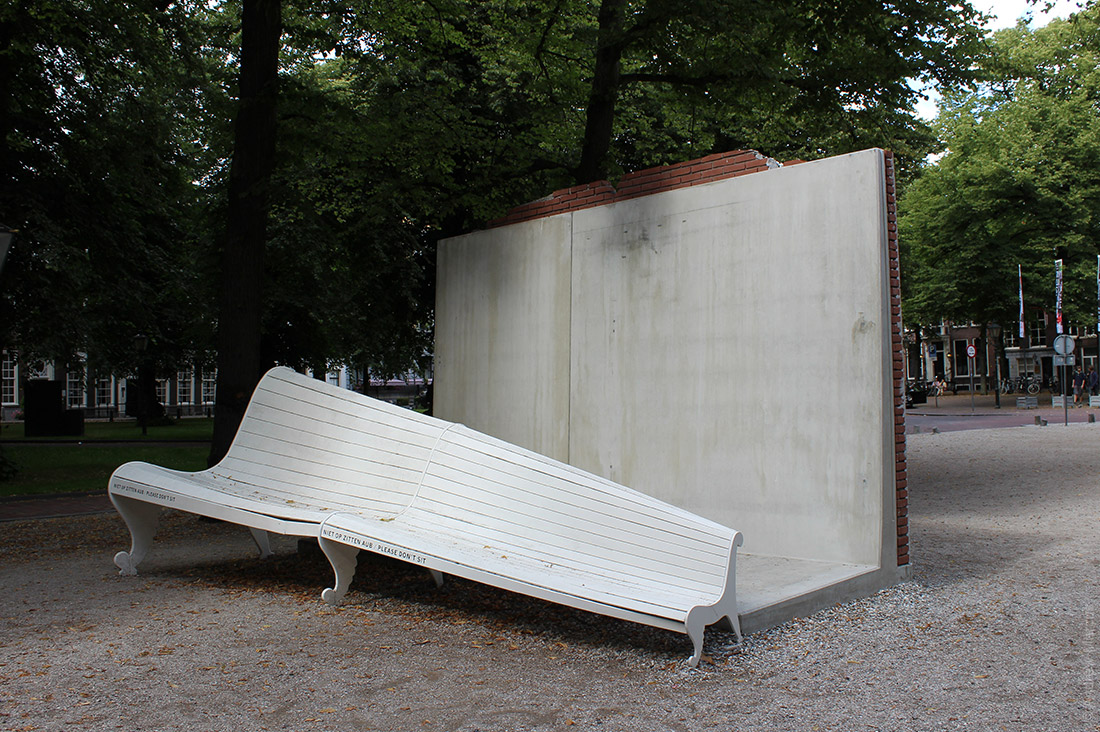
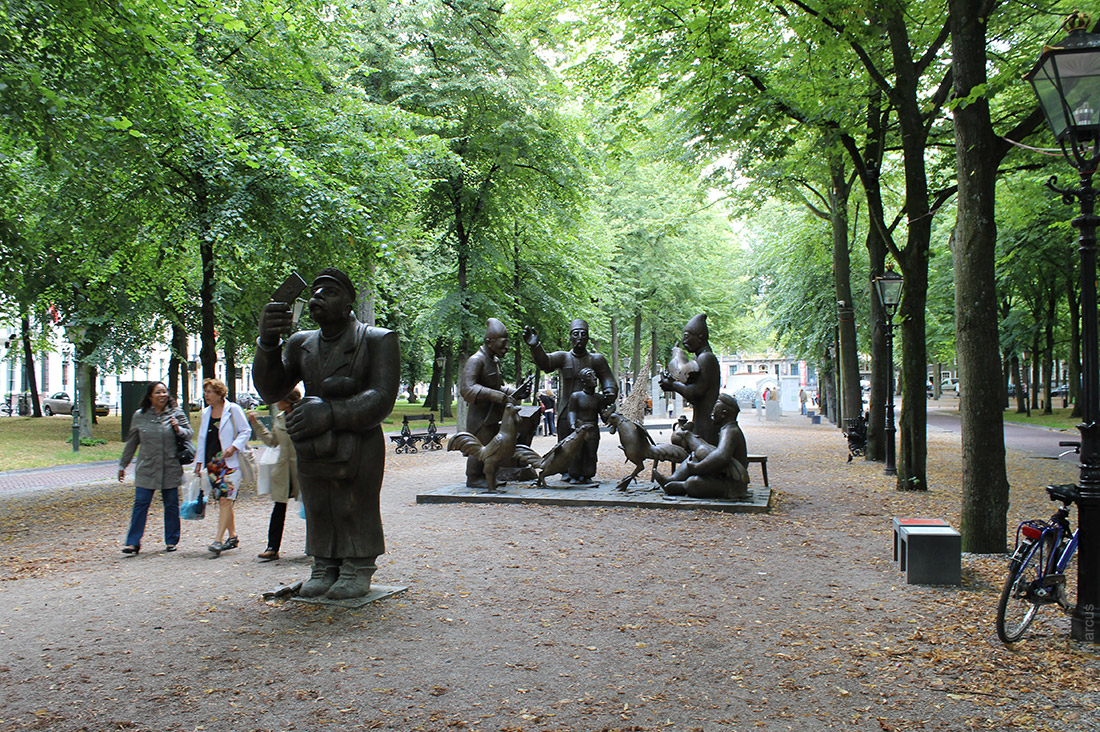
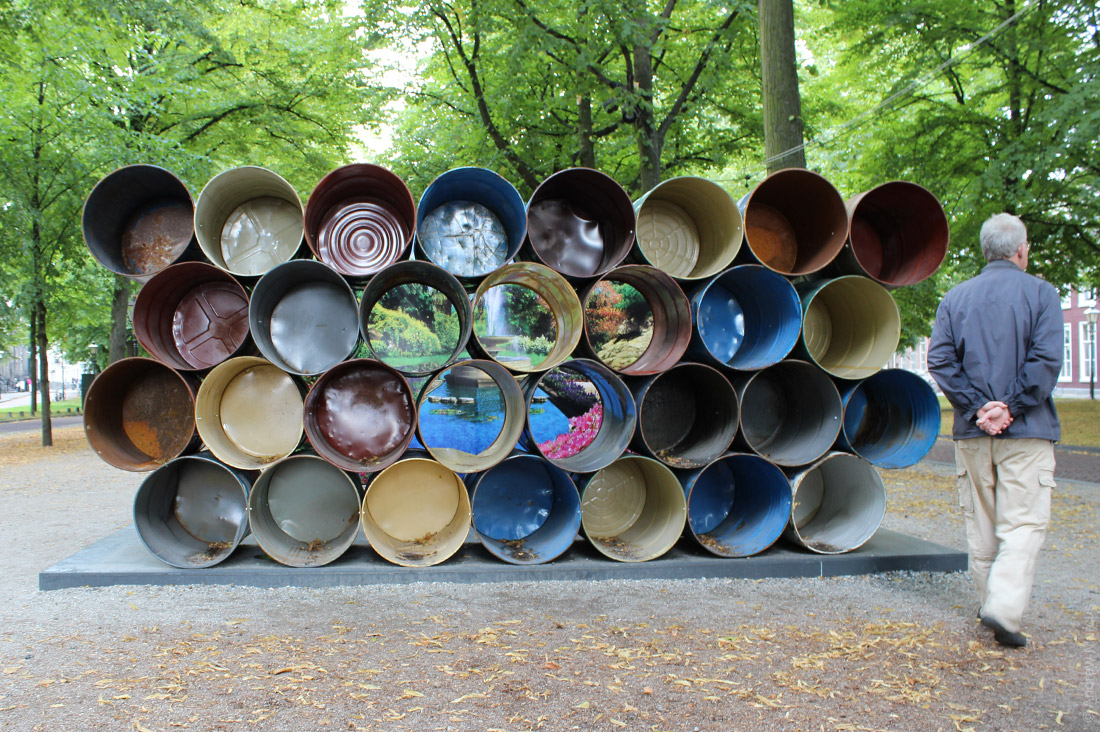
The symbol of the city is a stork. It is used on manhole covers, lampposts, and basically everywhere, like the three X’s in Amsterdam.
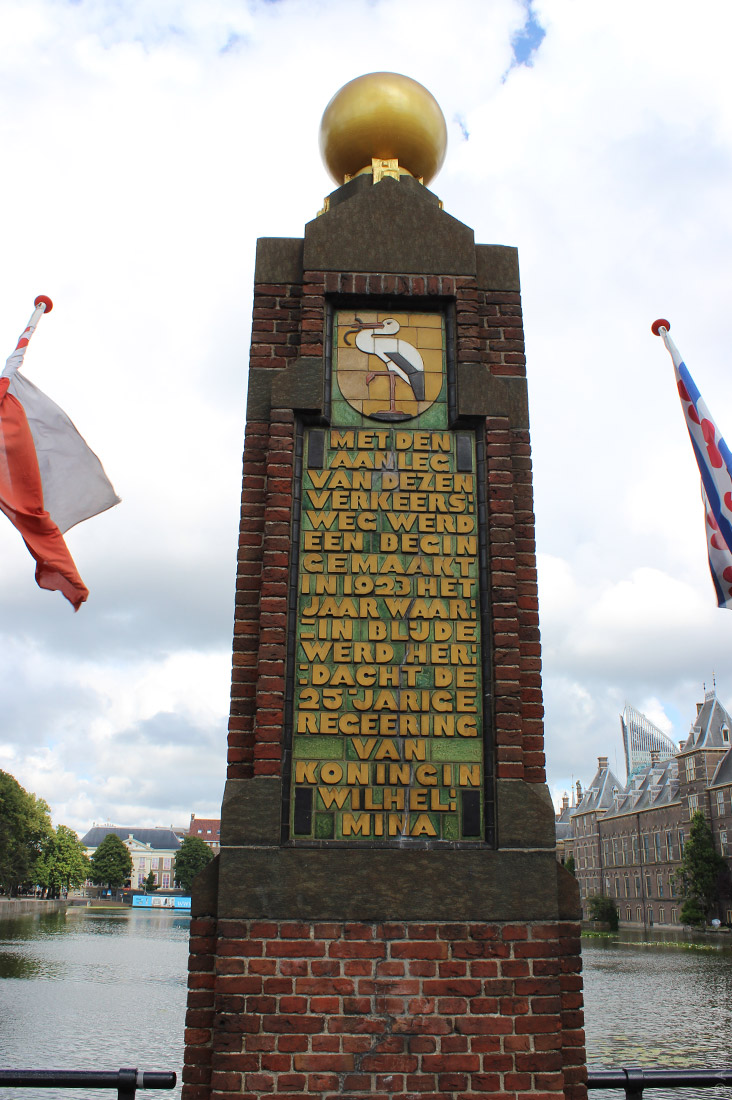
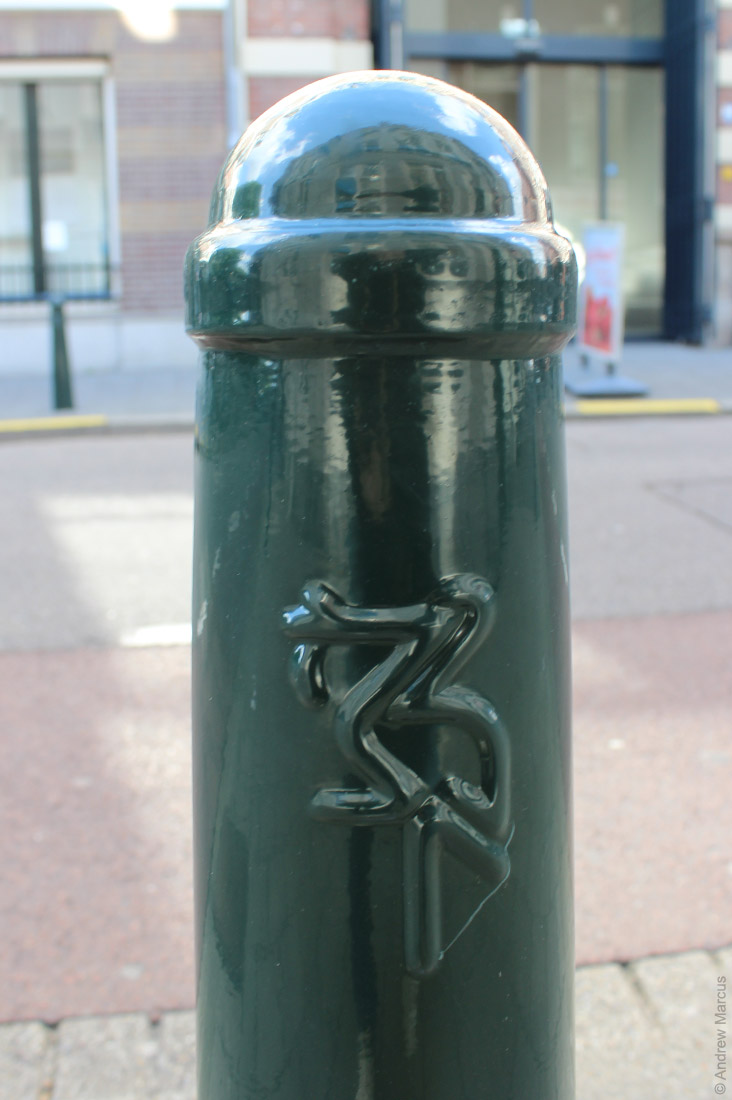
Incredibly cool lanterns shaped like a royal crown.
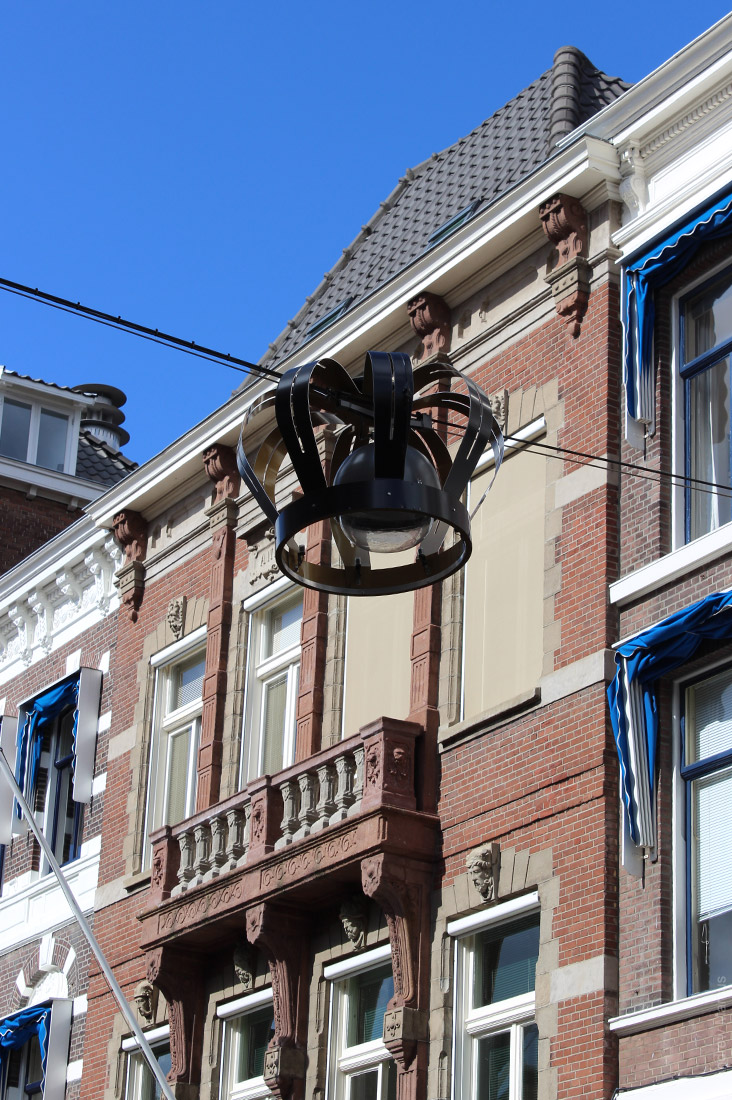
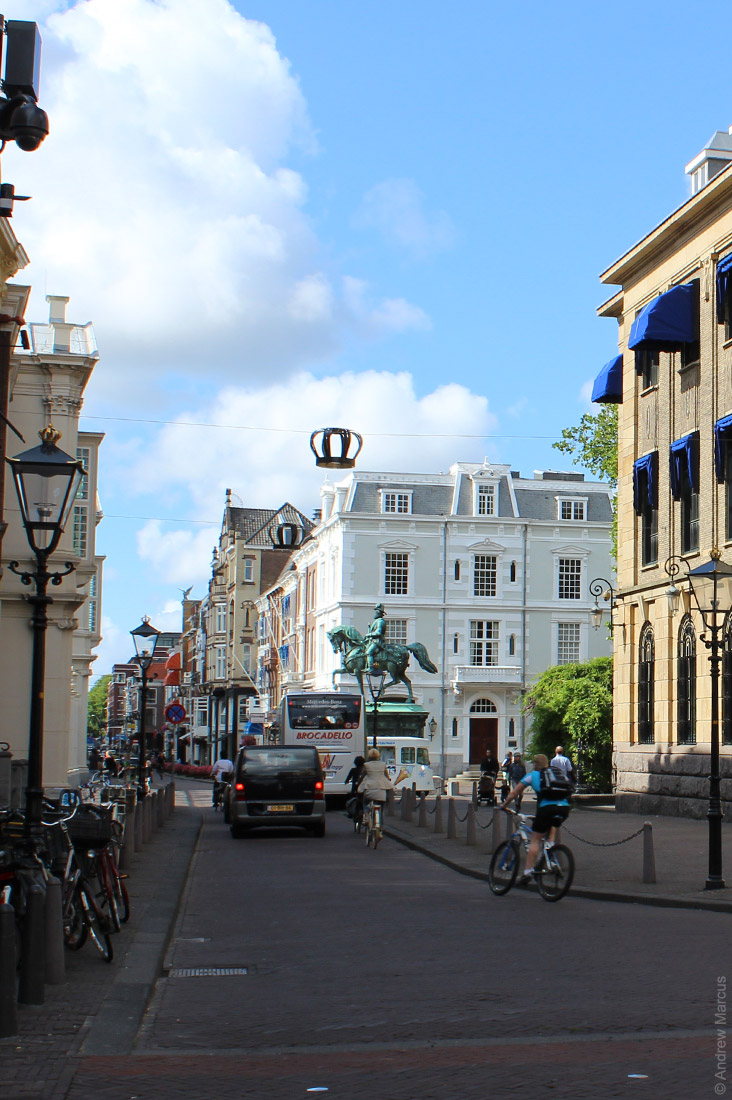
A wonderful tram reminiscent of the one in Moscow.
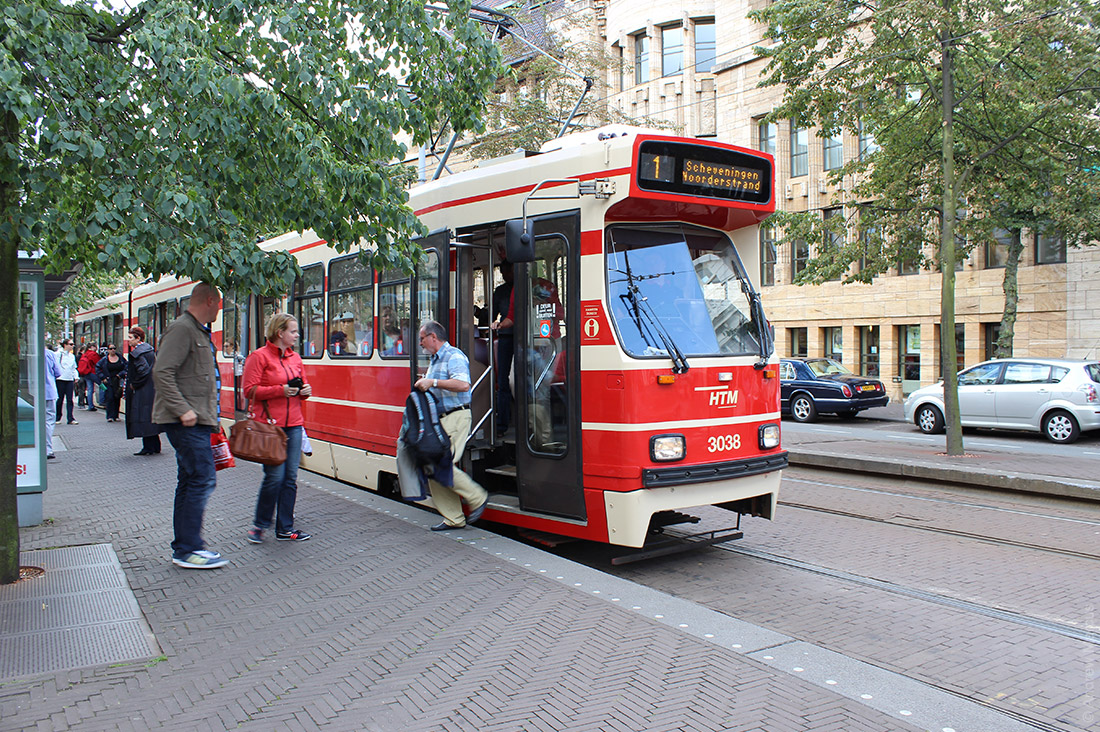
A compact electronic bus schedule.
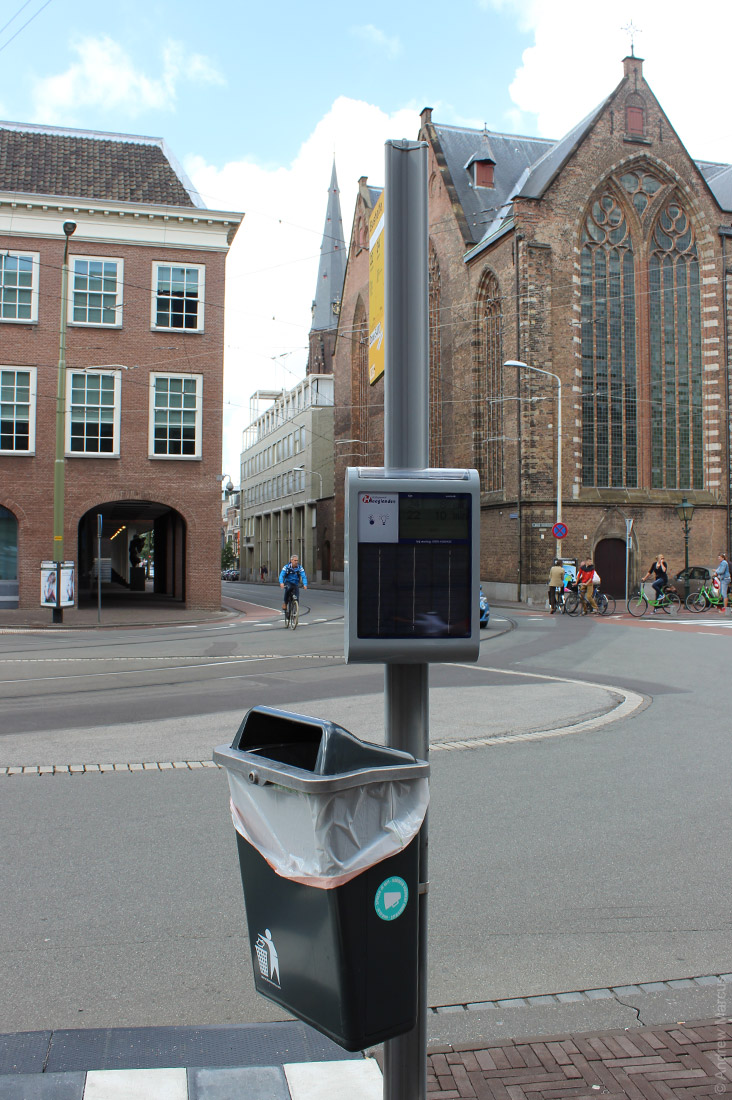
A parking meter with colorful buttons.
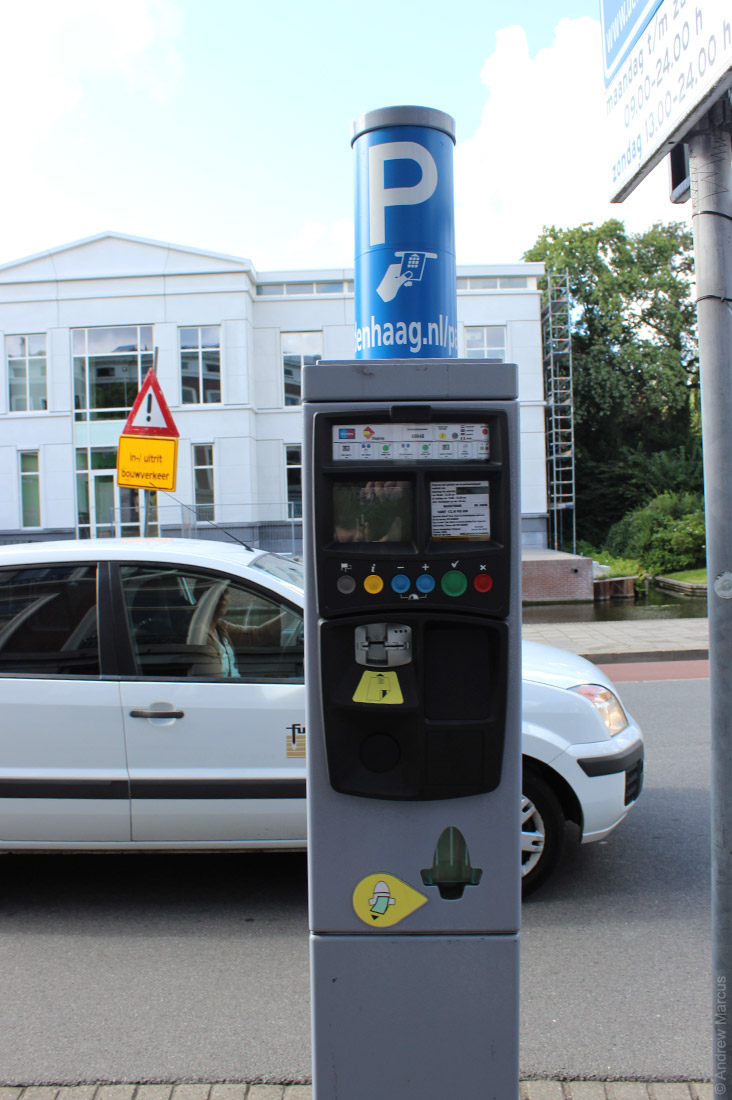
A double bench.
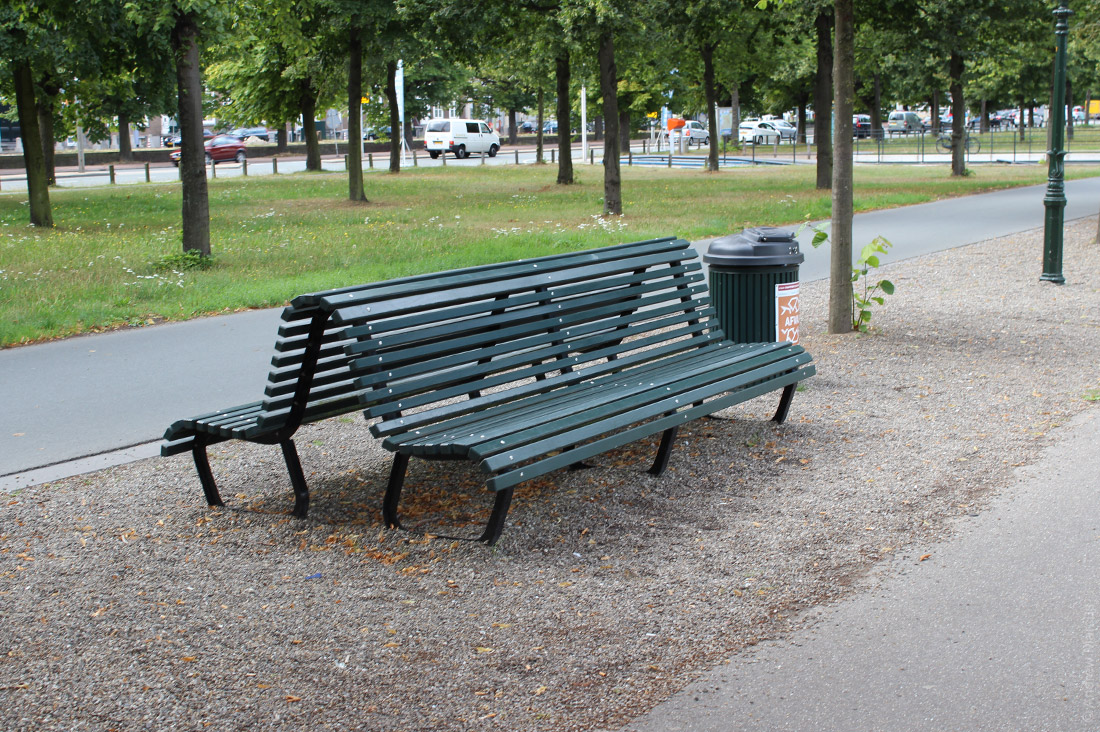
Palace of Peace.
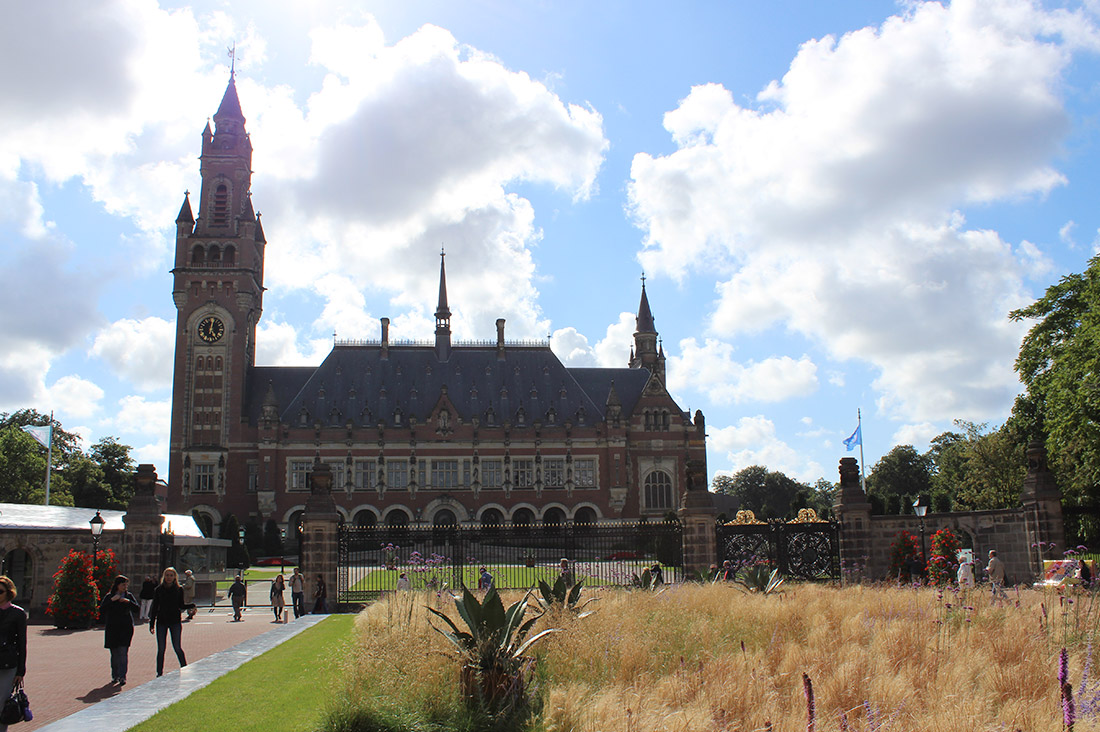
The International Court of Justice is located here. Next to the palace, there is a monument as well as a flowerbed with a wide granite border, around which are inscriptions of “peace” in all languages of the world.
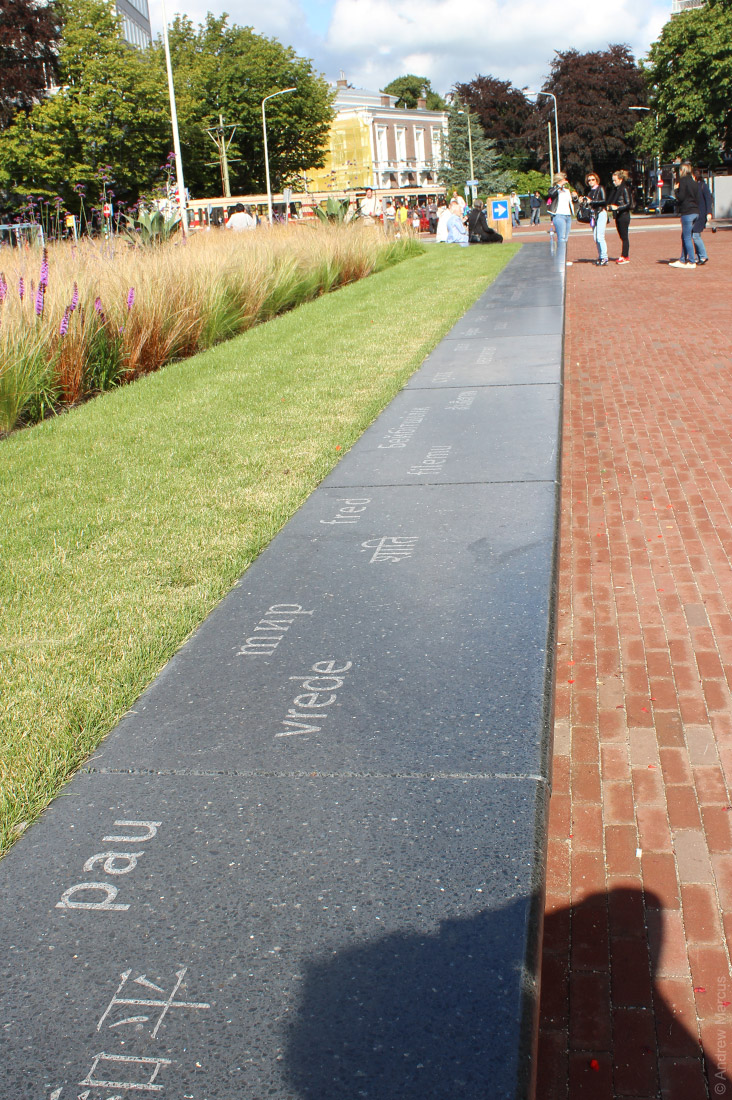
An amusing quirk: in the Russian language, this three-letter word is spelled incorrectly. Instead of the Russian letter “м” (m), the English “m” is used, which has a shape similar to the Russian letter “т” (t). Instead of “мир” (peace), it becomes “тир” (shooting range).
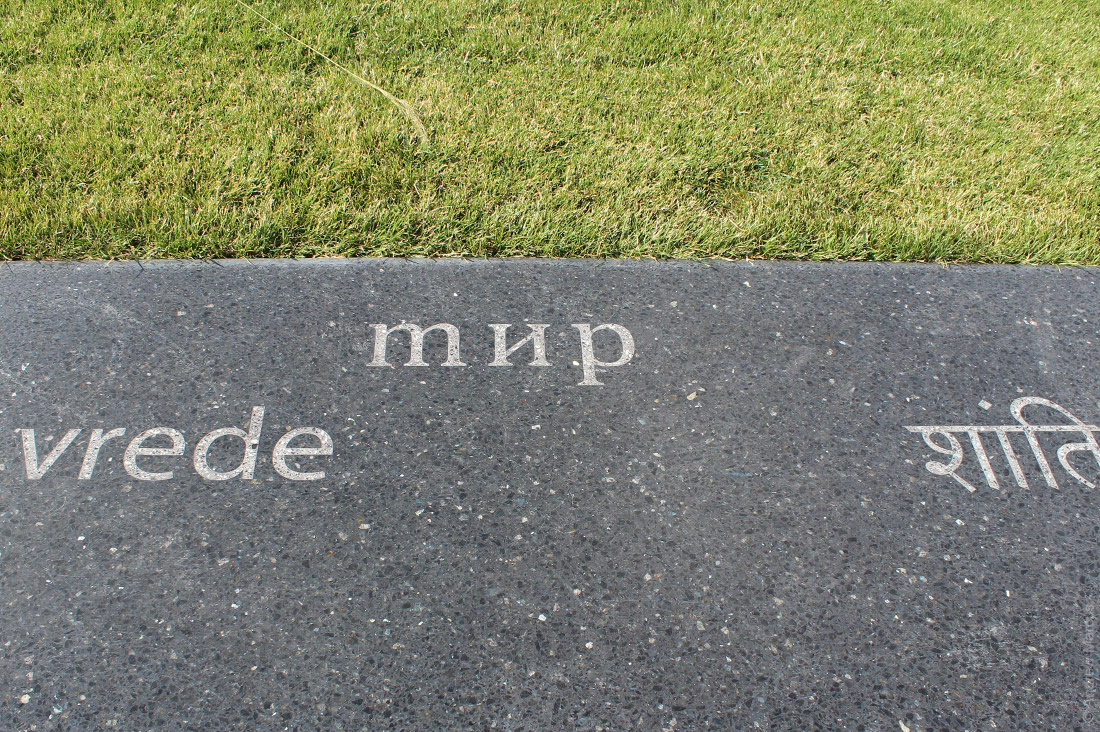
Peace and tranquility in The Hague.
